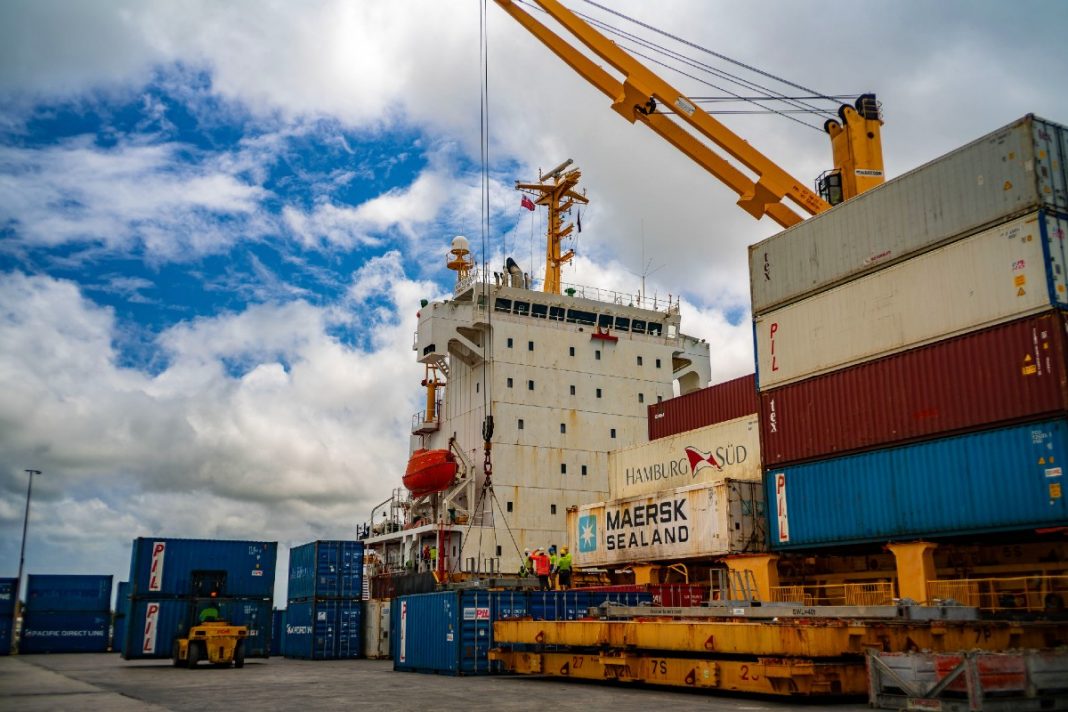How will the new US administration’s policies affect economies in Asia and the Pacific, and how should they respond?
The Asian Development Bank (ADB) recently conducted two comprehensive studies to delve into these questions, utilizing distinct global models – one focused on macroeconomics and the other on trade. Here’s a breakdown of their findings:
The first study, a comprehensive macroeconomics analysis, evaluates the impact of several aggressive US policies, including imposing 60% tariffs on China’s imports, 10% tariffs on imports from other countries, reduced US immigration, and expansionary fiscal policies.
The analysis reveals a modest impact on China’s economy. Even with 60% tariffs, China’s growth slows by just 0.3% per year during the new administration’s four-year term. Opportunities for redirecting trade to other countries help mitigate these effects.
Another is reduced export dependency. The significance of exports to the US for China’s GDP has diminished, now comprising only 3%. This reduction in dependency helps cushion the blow. Historical evidence from President Trump’s first term shows China successfully redirected exports to other countries, often with US consumers and firms bearing the brunt of the tariffs.
The second study was focused on trade analysis which looks specifically at tariff impacts, assuming 60% tariffs on Chinese imports and varying scenarios for tariffs on other countries.
The key insights of the study include a mixed outcome for other Asian economies. Some economies may grow faster due to new export opportunities to the US, replacing Chinese goods. This trade diversion was similarly observed during the earlier US-China trade war, benefiting export-competitive economies like Vietnam.
Another insight is a notable shift in foreign direct investments from China to other Asian economies, particularly Southeast Asia, reinforcing existing trends.
The study noted intra-regional linkages that while US tariffs on China can create opportunities for other Asian economies, these benefits aren’t purely zero-sum.
China’s economy is tightly linked with its regional counterparts; slower Chinese growth can reduce demand for imports from its neighbors, impacting high-tech economies like South Korea and Japan.
Economies with trade agreements with the US could benefit if they’re exempt from new tariffs, while others without such agreements might face negative repercussions.
The study warned of retaliatory tariffs which could lead to higher import prices, contributing to inflation and raising costs for domestic consumers and producers reliant on imported intermediate inputs.
To navigate these uncertainties, ADB underscores the importance of building resilience through regional integration and open trade. For economies in Asia and the Pacific, developing robust intra-regional ties and strategic trade policies will be crucial in mitigating adverse effects and seizing new opportunities.




